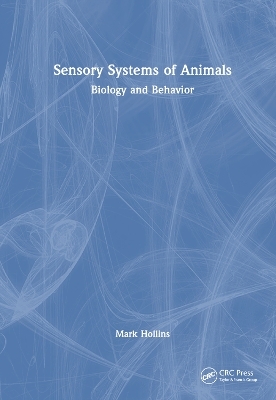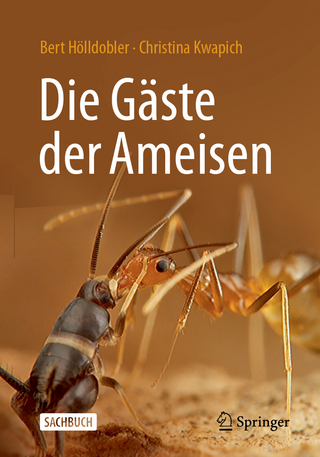
Sensory Systems of Animals
CRC Press (Verlag)
978-1-032-42331-9 (ISBN)
Perception in animals is a fascinating and challenging subject that calls to students from many disciplines. The aim of this book is to provide a knowledge base and unifying perspective on the field that will enable beginning researchers to chart their own course within it. The author describes, in a systematic but engaging way, the sensory systems of humans and other vertebrates, as well as arthropods and molluscs.
Why is it important to understand the senses of animals? One reason is that human activities are changing the perceptual world of animals in ways that expose them to danger. From bright outdoor lighting disorienting migrating birds to human sonar driving whales to beach themselves; it is becoming increasingly important to find ways to reduce such dangers. This will require big changes in human behavior, and greater understanding of how animals react, physiologically and behaviorally, to anthropogenic changes in their environment.
The emphasis throughout is on research, in both the behavioral/ethological and neuroscientific traditions, that has led to important discoveries. The functional anatomy of each system, from receptor cells to brain areas, is succinctly described, explaining how it underlies the animal’s sensory abilities and behavior. Overall descriptions of a sense for a class of animals (for example, hearing in arachnids) are interspersed with expanded coverage of that sense in a particular animal, such as the ogre-faced web-casting spider that does a backflip to capture an insect buzzing overhead. Evolutionary themes are found throughout the book, for example in describing the development of the vertebrate ear, and in the convergent evolution of the eyes of vertebrates and cephalopods.
With over 500 references and 80 illustrations, this textbook is intended as primary reading for advanced undergraduates and beginning graduate students of biology, neuroscience, sensory psychology, and veterinary science. It will also be of interest to professionals and academics in these fields, and to anyone else who works with or studies animals.
Mark Hollins is Professor Emeritus, Department of Psychology and Neuroscience, University of North Carolina at Chapel Hill, USA, where for several decades he taught both graduate and undergraduate courses in Sensation and Perception. His interests are in sensory processes and perception, especially in the senses of vision and touch. Much of his work has focused on control processes, such as binocular rivalry in vision and pain gating in somesthesis, by which some sensory signals are able to amplify or attenuate others. He has also helped to establish that tactile textures are perceived by means of two sensory mechanisms: spatial coding for coarse textures, and vibration coding for fine ones.
1. Introduction 2. Vision in Vertebrates 3. Vision in Invertebrates 4. Color Vision 5. Visual Space Perception 6. Touch 7. Hearing 8. Taste 9. Smell 10. Senses We Don’t Have 11. Final Thoughts
| Erscheinungsdatum | 07.09.2024 |
|---|---|
| Zusatzinfo | 29 Line drawings, color; 51 Halftones, color; 80 Illustrations, color |
| Verlagsort | London |
| Sprache | englisch |
| Maße | 178 x 254 mm |
| Gewicht | 648 g |
| Themenwelt | Naturwissenschaften ► Biologie ► Humanbiologie |
| Naturwissenschaften ► Biologie ► Zoologie | |
| Weitere Fachgebiete ► Land- / Forstwirtschaft / Fischerei | |
| ISBN-10 | 1-032-42331-5 / 1032423315 |
| ISBN-13 | 978-1-032-42331-9 / 9781032423319 |
| Zustand | Neuware |
| Informationen gemäß Produktsicherheitsverordnung (GPSR) | |
| Haben Sie eine Frage zum Produkt? |
aus dem Bereich


